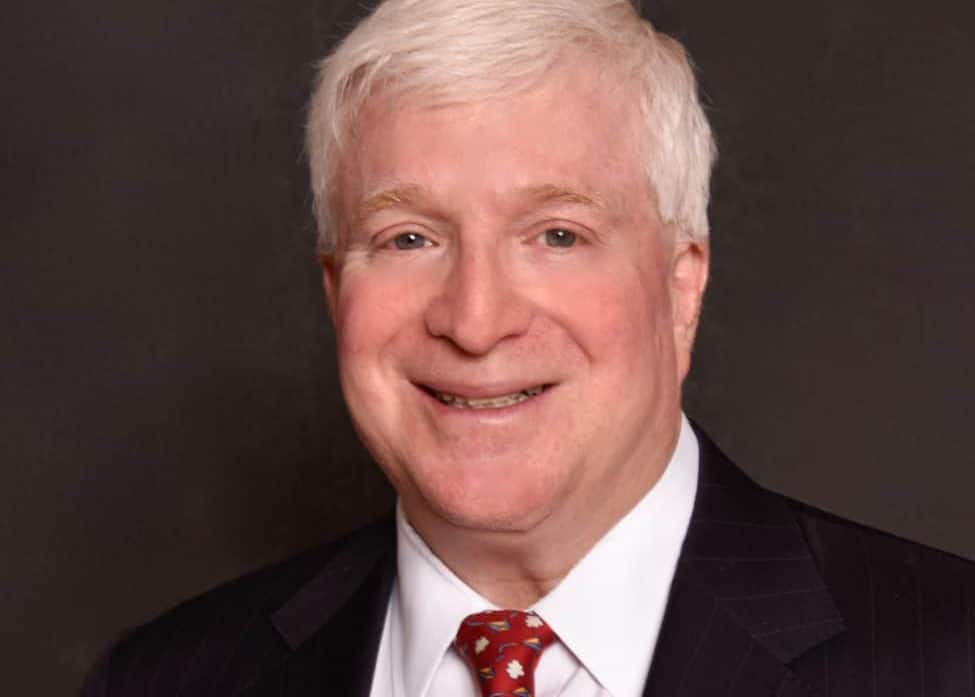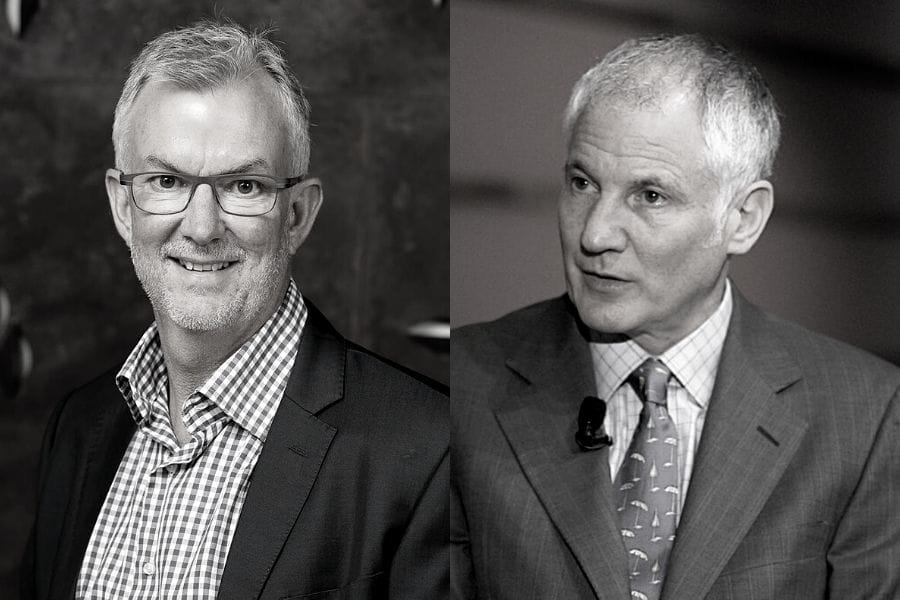Only 16 of the 74 largest public pension plans in the US ($4.5 trillion in AUM) mention ESG or responsible investing in their public documents. Only two out of 74 mention the Sustainable Development Goals of the United Nations.
The world is shifting towards more socially aware and environmentally focused investment practices. During the last 12 months a number of major institutions rejected the traditional definition of fiduciary duty, embracing a wider sense of purpose that includes investing for the long-term, integrating and reporting material ESG factors, upholding environmental stewardship, fighting against climate change and protecting the rights of all stakeholders – employees, local communities, supply chains and shareholders.
Interest in climate change is surging. Greta Thunberg won Time’s person of the year award. Extinction Rebellion shut down London, declaring a climate emergency. Larry Fink placed climate change at the heart of Blackrock’s business strategy. Chris Hohn, CEO of The Children’s Investment Fund, recommended that asset owners fire external managers if they do not pressure portfolio companies to reduce greenhouse gas emissions.
Individual and institutional investors are putting their money where their mouth is. According to the Global Sustainable Investment Alliance, total capital invested in ESG-related funds worldwide has been growing by 30 per cent per annum since 2012, surpassing $30 trillion last year. The US accounted for 40 per cent or $14 trillion of this amount and about one quarter of total fund investment in the US was ESG related.
So, how are US public pension plans, the largest asset allocators in the country with AUM of $4.5 trillion reacting to this rising interest in ESG, responsible investing and climate change? Not very well, according to the Responsible Asset Allocator Initiative, RAAI at New America.
The RAAI analysed 74 of the largest public pension plans and sovereign wealth funds in the US, and it turns out that few of these US public plans scored well on implementing environmental, social or governance (ESG) standards in their investments. In fact, only 16 or 22 per cent of the US public plans analysed even mention the terms “ESG” or “responsible investing” in their annual reports, websites and public documents. This compares with 78 per cent or 96 of the 123 global public plan peers rated by RAAI that take the step of issuing a public statement on responsible investing policy.
Three US public plans made the RAAI Leaders List (the top 25), including CalPERS, CalSTRS, and UC Regents Investment Funds, and three more were finalists (the top 50) including Colorado Public Employees Retirement Association, New York State Common Retirement Fund and Washington State Investment Board, placing the US second among nations with the most plans in the top quartile of responsible investors. However, the US punches below its weight, with 80 per cent or 60 of the 74 rated US public plans finishing in the third and fourth quartiles.
In addition to issuing a statement on responsible investing policies, RAAI researchers rated US public plans on such criteria as having dedicated staff for responsible investing (14 per cent of US public plans scored versus 50 per cent for global peers), providing guidelines for external managers on ESG priorities (15 per cent vs 63 per cent), joining partner organisations on responsible investing like the PRI or Ceres (22 per cent vs 80 per cent), integrating ESG factors into the decision making process (15 per cent vs 60 per cent), and publishing a downloadable report on responsible investing/ESG programs (12 per cent vs 36 per cent).
RAAI researchers also examined US public pension plan actions on the United Nations Sustainable Development Goals (“SDGs”), an ambitious set of targets to be achieved by the year 2030 on everything from eradicating poverty and hunger to building livable cities. They found only two (3 per cent) of US public pension plans reference the “SDG” in their investment strategy, versus 25 per cent of global peers.
Why are US public plans lagging on ESG?
The RAAI points to several reasons why US public pension plans are lagging. First, the US federal government is moving backwards on ESG policy and protections, discouraging public plans from moving forward. The Trump administration has pulled-out of the Paris Climate Accord, rolled-back environmental regulations, enabled greater fossil fuel production and divided the country on issues of human rights, immigration and diversity.
Second, pension fund regulations introduced in 2018 by the US Department of Labor DOL are confusing and problematic on ESG. For example, the DOL April 2018 bulletin states that fiduciaries must put the economic interests of the plan first before considering ESG, (implying that ESG factors may not be economic) and “not too readily treat ESG factors as economically relevant to the particular investment choices at issue when making a decision.” The bulletin makes it clear that investment policy statements are not required to include ESG and that if they do “it does not imply that fiduciaries managing plan assets always have to adhere to them.”
In addition, the DOL bulletin advises that incorporating ESG may warrant independent cost-benefit analysis and crucially, the bulletin offers no insights on liability protection for default plans that consider ESG and offers no recommendations on how fiduciaries may include ESG in the investment process.
Third, US pension-related national industry associations provide little guidance on ESG for fiduciaries. For example, the National Association of Retirement System Administrators NASRA and the Government Fund Officials Association GFOA both publish annual reporting guidelines that are closely followed by public pension plans in the US, but neither association has a position on ESG. It is curious that US public pension plans can receive certificates of excellence for annual reporting from NASRA or GFOA without ever mentioning the term ESG let alone issuing a statement on their responsible investing policy.
Finally, many US public pension plans still follow the outdated notion that by considering ESG factors, they could be jeopardising financial returns, despite evidence piling up from academic study after academic study that the opposite is the case. For example, a 2016 paper by George Serafeim, Harvard Business School, Mozaffar Khan, University of Minnesota and Aaron Yoon, Kellogg School of Management, provides empirical evidence that good performance on material ESG issues contributes to higher financial returns, by about 300 basis points per annum. Over 30 years, that would amount to a 2.4 fold increase in the total value of the portfolio.
Another example – Bank of America Merrill Lynch released a study in 2019 showing that firms with a better ESG record than their peers produced higher five-year returns, were more likely to become high-quality stocks, were less likely to have large price declines, and were less likely to go bankrupt.
Global peers on ESG
Backwards looking government policy on the environment and comprising ESG regulations for fiduciaries stand in stark contrast to countries like France, the Netherlands, the UK, Sweden, and Canada where government is leading the charge on climate change and regulators require pension fiduciaries to include ESG in their portfolios as well as report transparently to beneficiaries about it. Global peers also have better access to industry advice on how to incorporate ESG into investment policy. Moreover, global public plans are more accepting of ESG as a vital part of their investment practices.
Polling data compiled by the Sovereign Investor Institute, including 350 global public pension plans and sovereign wealth funds over the last three years, shows that over 90 per cent of asset allocators consider ESG to be an important part of fiduciary duty. Moreover, about the same percentage believe ESG is helpful for generating better risk-adjusted returns.
What can US public funds do?
Instead of fighting yesterday’s battle, US public pension plans and their boards need to take the initiative and begin to include material ESG factors in their investment process even if it is not (yet) required by law.
A good first step is to work with stakeholders and the board to decide what ESG means to the organisation and what the related investment priorities may be. For example, the plan could decide to prioritise carbon emissions in the portfolio, investing in renewable energy or pressuring portfolio companies to disclose climate-related information that is material to their business, as specified by the TCFD. Another example could be to prioritise board diversity or fair executive compensation.
The next step is to issue a statement on the firm’s responsible investing policy, one that reflects the preferences of savers and that communicates ESG objectives and targets. A third step would be to join a recognised ESG-related organisation to learn about tools, resources and best practices.
There are many other steps public plans can take, for example, benchmarking peers that are leaders in responsible investing (note: the RAAI publishes the leaders and finalists list, providing a benchmark of excellence for peers). Hiring dedicated resources and staff helps to drive the initiative forward. It also is critical to get buy-in from middle management and socialise a culture of responsible investing throughout the organisation.
Other steps include reporting information on ESG-related investments in the portfolio and progress toward achieving ESG goals, for example, metric tons of carbon reduced, or the results of active voting on shareholder proposals. This builds trust and confidence among savers.
Adopting uniform disclosure and reporting standards on ESG-related issues allows for a common language and a better understanding of ESG risks across the portfolio. Adding ESG related questions to the RFP process and prioritising ESG standards for external managers helps to make them better partners in responsible investing. Finally, reflecting the SDG in investment policy, as appropriate, acknowledges that the institution has a role to play in solving global social and environmental issues.
Scott Kalb is founder and director, Responsible Asset Allocator Initiative at New America.




